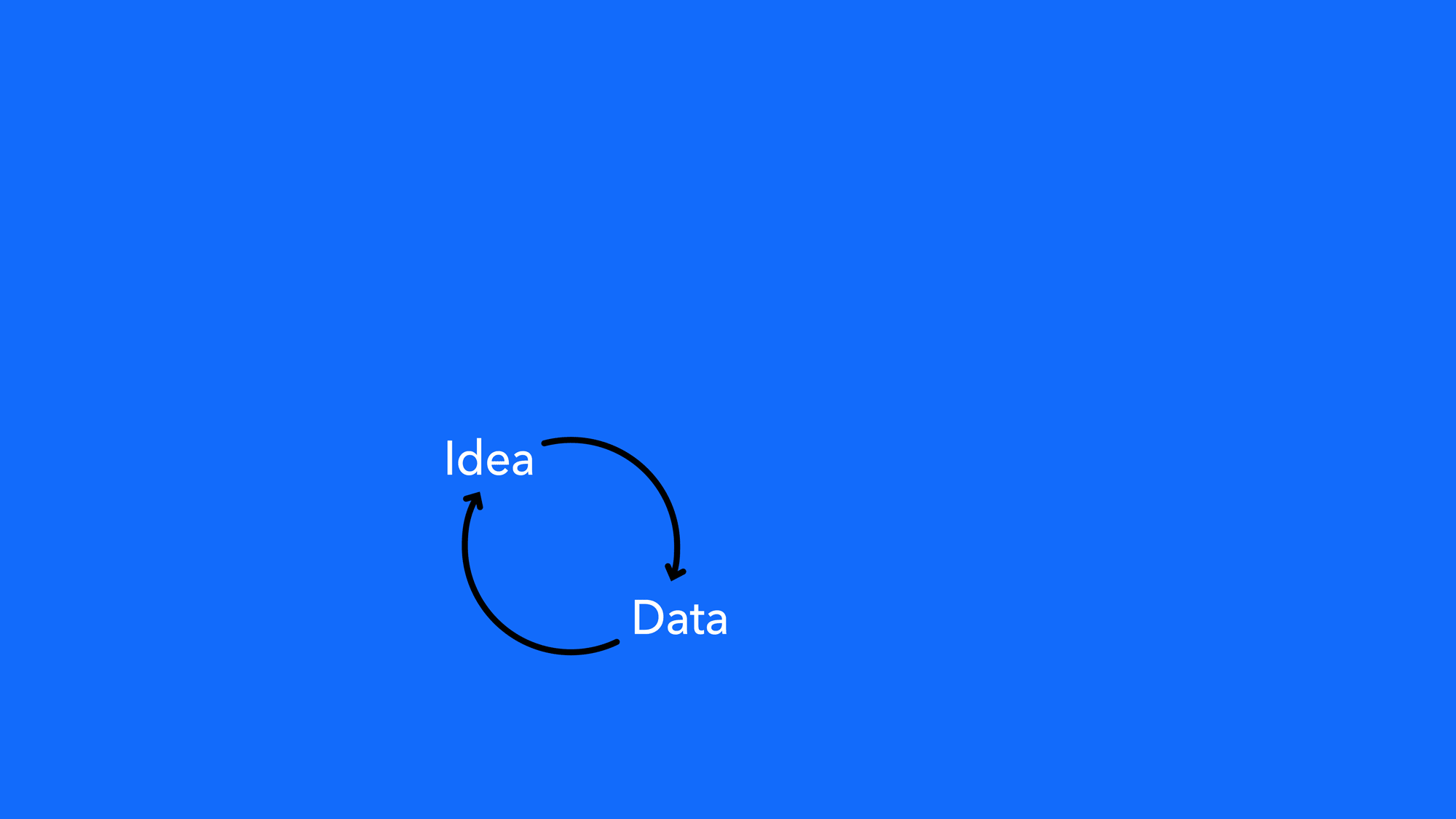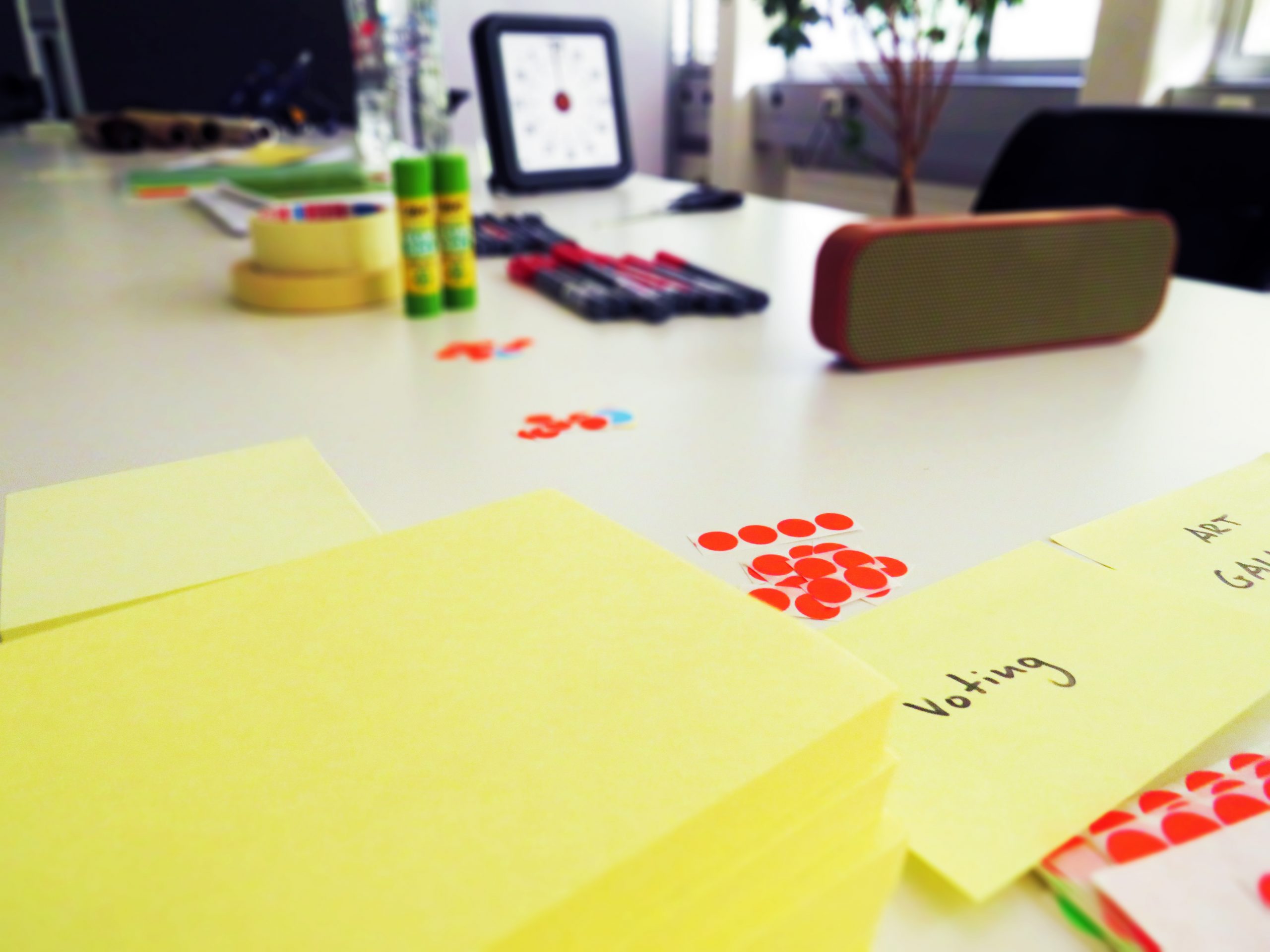How do we handle this? As one of various methods used in the Design Thinking process, Allround conducts Design Sprints with various clients. The methodology, initially developed by Jake Knapp at Google Ventures, pursues the ambitious goal of being able to judge the success of a potential product at an early stage – without tedious and cost-intensive development processes.
 During the development of the method, Knapp was looking for an efficient way to shorten development cycles of new products, quickly generate user feedback and thus enable decision-makers to estimate the success of a product or service. The result was a working concept that was first applied successfully in innovation processes within Google Ventures, but soon also in renowned companies around the world. In keeping with the design-doing mentality, the sprint process is being adapted and developed constantly.
During the development of the method, Knapp was looking for an efficient way to shorten development cycles of new products, quickly generate user feedback and thus enable decision-makers to estimate the success of a product or service. The result was a working concept that was first applied successfully in innovation processes within Google Ventures, but soon also in renowned companies around the world. In keeping with the design-doing mentality, the sprint process is being adapted and developed constantly.
The classic Design Sprint is an intensive five-day workshop in which an interdisciplinary team from various departments of a company works together to face a challenge. The result of the process is not only a concept for a possible product, but also a first prototype, that is already tested, through which valuable user feedback is collected.
The prototypes in the Design Sprint process do not simply aim to show the entire functional spectrum of a product as an MVP (Minimum Viable Product), but rather fulfill the trend-setting purpose of giving users an impression of the potential product in a short time and enabling them to gain insight. To this end, the Design Sprint, after a two-day workshop phase and subsequent prototyping, is followed by a day of user tests, during which concept validation takes place and concrete next steps for product development can be derived.
In this process, the Design Sprint relies on working principles that are specially adapted to the intensive innovation processes – literally sprints. The whole process is divided into short time slots; for each of the short process steps there is only a limited time slot planned, which everyone is reminded of by a timer in the (in times of COVID-19 also digital) room. As a presumed “final opponent” of innovation processes and progress, classic meeting situations are avoided wherever possible. Never-ending discussions are replaced by work following the “Together-Alone”-principle: everyone works at the same time, but alone, on the same task. The outcome is always a physical representation in space, so that there is nothing, that exists only as words surrounded by different interpretations (principle: “Tangible Beats Discussion”). Subsequent decision-making processes are simplified, structured and visualized (principle: “Note-Stick-Vote”).
As a process designed to move from problem definition to real user feedback in the shortest possible time, we guide our customers in the Design Sprint to the aim of successful product development in a structured and step-by-step way.



